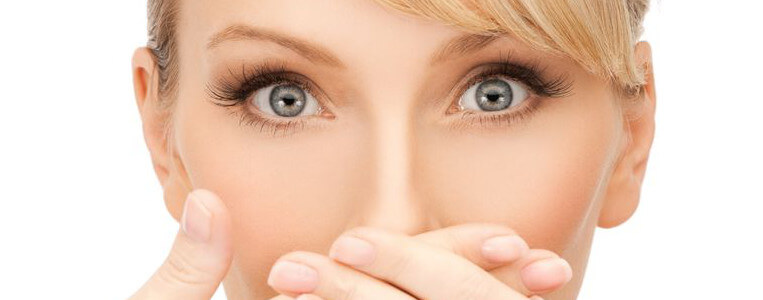In The News

A Disorder So Bad You Can't Taste or Smell It 07 May 14
It's only sensible that we rely on our senses for a variety of reasons, many of which include our health and safety.
Sight and sound help us see or hear lurking dangers. But the ability to smell and taste are just as important in keeping us safe and healthy.
Why are these senses important? The ability to smell helps us know if something is burning. Oftentimes, we have the ability to smell a fire before we ever see a flame. The same is true for a gas leak. In terms of taste, we know how certain foods should taste in the event that the food has gone bad and is not fit for consumption.
The loss of these senses can range from full to partial to only a single, specific smell or taste.
According to research by Johns Hopkins Medicine in Baltimore, the most common chemosensory disorders are the loss of smell and taste. The term used for the loss of the sense of smell is anosmia, while the loss of the ability to taste is ageusia. The reduction in these senses are known as hyposmia (reduced smell) and hypogeusia (reduced tasting of sweet, bitter, sour, or salty matter).
What causes these disorders? There are a number of potential causes for problems in the olfactory (smell) and gustatory (taste) systems.
According to Dr. Perry Mansfield, an otolaryngologist affiliated with Sharp HealthCare in San Diego, some people may be born with a chemosensory disorders. Other causes include hormonal problems, smoking, certain medications, oral or dental problems caused by bacteria or viruses, head trauma, chemical exposure, radiation therapy for cancer in the head or neck and illnesses.
According to Mansfield, the loss or reduction of the ability to taste and/or smell can also be representative of more serious diseases or conditions, including diabetes, neurological disorders like Parkinson's disease, obesity, chronic nasal/sinus problems, hypertension, tumors at the base of the skull and other issues.
When the sense of smell or taste changes, it's time to see a doctor, who will run a number of tests or send the patient to an ear, nose and throat specialist like Mansfield.
According to Johns Hopkins, methods of diagnosis may include compiling a complete medical history; measuring the lowest amount of a chemical a person can detect, like perfume, coffee and chocolate; a comparison of various chemicals in terms of how they taste or smell; “scratch and sniff” tests; the application of lemons, salt or sugar to specific areas on the tongue; CT scans of the sinuses; an MRI of the brain; or nasal endoscopy.
Mansfield said treatments are be based on a number of criteria, including medical history; the expectation of the disorder's progression; the status of the disorder; overall health; age; tolerance for necessary therapies, medications or procedures; and the patient's preferences or opinions.
Mansfield said these treatments may range from changing medications that are altering the senses, to stopping smoking or changing or improving the patient's environment such as installing gas/smoke detectors or clearly labeling food containers. Also an option are surgical procedures to remove the disorder or condition-causing obstructions, or fixing the medical problem by improving nutrition or dental hygiene.
By Jamie Grabert, Special to U-T San Diego 6 P.M.JAN. 7, 2014
